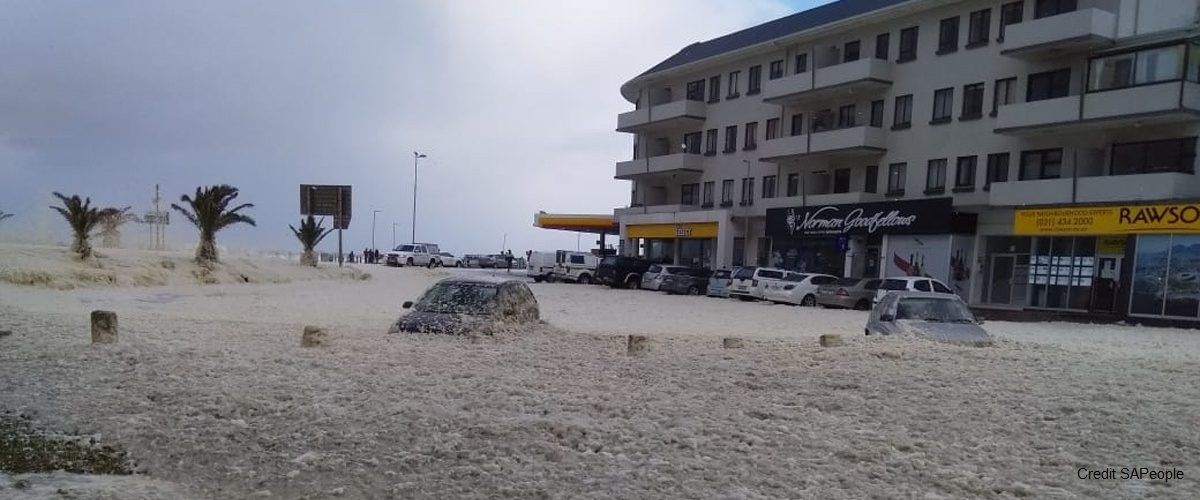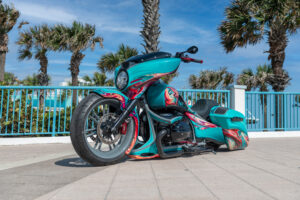Driving tips for rain, mist or snow are normal and expected for many countries around the world. In South Africa, however, drivers need tips on what to do when gale force winds blow sea spray and clouds of foam into the roads bordering the ocean. Yesterday in Cape Town, people found themselves driving through a ‘sea’ of foam that reached up to the door handles of some cars, depending on their size.
The first option is to cancel any plans that can be delayed by a day.
– Eugene Herbert, Managing Director MasterDrive
The Managing Director of MasterDrive, Eugene Herbert, says that while this is not a regular occurrence, it has happened before and will likely happen again necessitating preparedness for it. “When cold fronts hit the Western Cape sea line, be cautious before jumping into your car. Storms along the Cape can be violent and dangerous, whether you are out to sea or simply driving past the ocean.
“The first option is to cancel any plans that can be delayed by a day. Driving in conditions similar to yesterday is simply not worth the danger and even expense to your car. For plans that cannot be delayed, be proactive when cold fronts hit the Cape in winter. Check the news reports before you leave to make sure that a particular area on your route has not become a danger zone.”
News reports alone should not be your only attempt to confirm if an area is safe to drive through. “If you know people who live or work in areas that are vulnerable to bad weather like Sea Point or Kalk Bay, check in with them to find out what the conditions are like. Alternatively, use social media to check if people are sharing videos or content about dangerous conditions. The ultimate aim is to avoid the situation all together.”
If, however, you are caught in such a storm despite your best efforts, there are certain guidelines that can direct your actions. “In such a scenario visibility will be severely affected. Not only straight ahead of you but you will not be able to see the road and which direction to even drive toward. Use indicators such as road signs, robots or anything else showing the direction of travel to guide you.
Remember, every time the road conditions change, so should your driving.
– EUGENE HERBERT, MANAGING DIRECTOR MASTERDRIVE
“Ultimately, if you can use these markers, use them to get off the road and somewhere undercover, where you can wait until it is safer to drive. Be sure to let a family member, colleague or your boss where you are and that you’re waiting it out. If this is not possible and you cannot find any markers to guide your direction of travel, stay where you are if there is no danger of someone driving into your car. If necessary, call emergency services for assistance rather than endanger yourself or anyone else.”
Remember, every time the road conditions change, so should your driving.
– EUGENE HERBERT, MANAGING DIRECTOR MASTERDRIVE
While it is not recommended, and you do continue driving because you think know the roads well enough to drive without incident, there are some non-negotiables to follow. “Most importantly is speed. You can easily misjudge where a curve in the road is and it is better to bump into it than smash into it. Additionally, off-spray can blind other drivers. Be courteous to everyone struggling through the weather.
“South Africa is battling some of the worst cold fronts and weather conditions experienced in some time. Remember, every time the road conditions change, so should your driving. Especially if the road becomes an ocean,” says Herbert.






